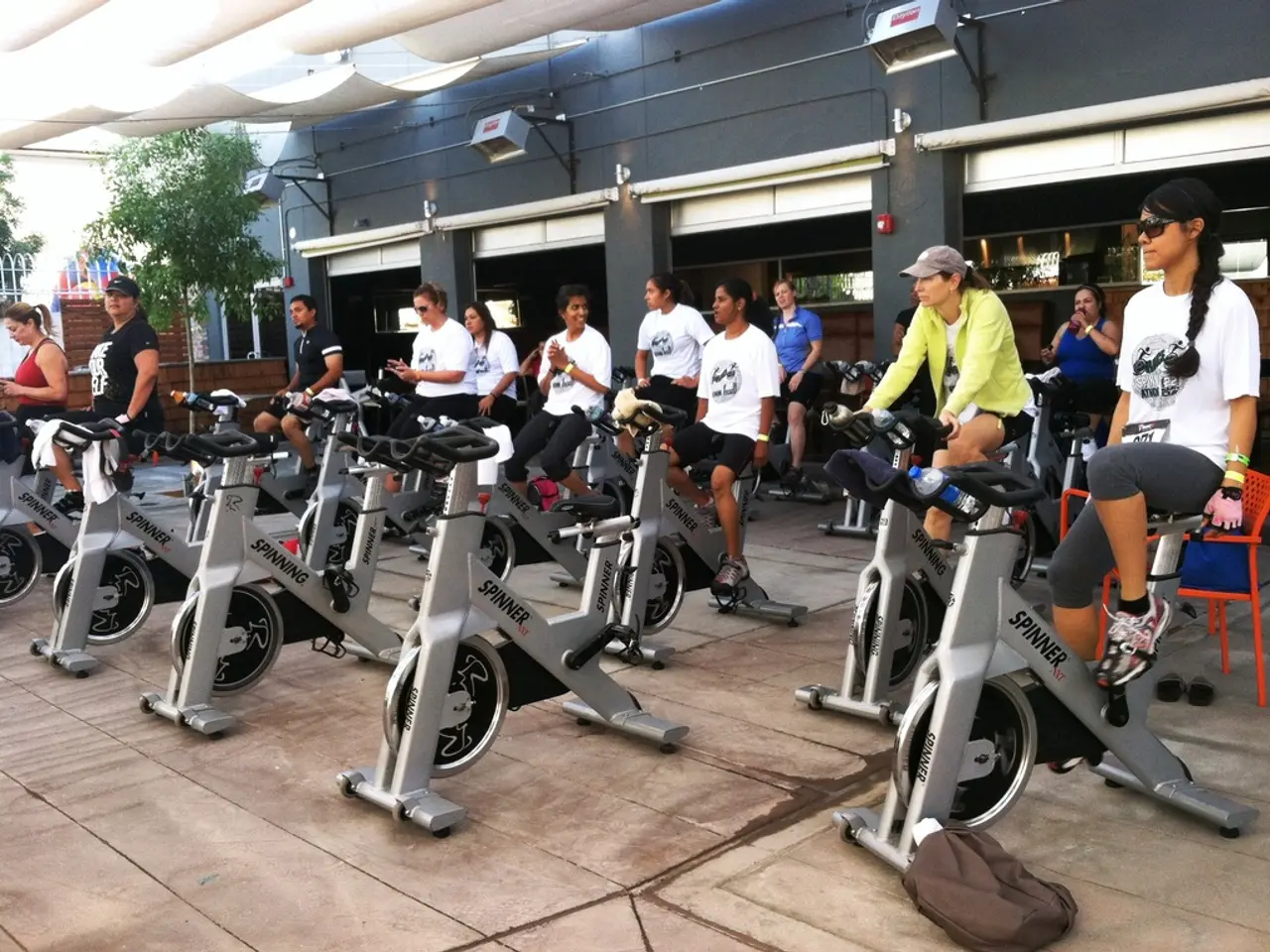If you spend a significant amount of time in a seated position?
In today's fast-paced world, finding time for regular exercise can be a challenge. But what if we told you that increasing your daily physical activity doesn't have to mean hours spent at the gym? Here are some simple strategies to help you incorporate more movement into your routine, inspired by the World Health Organization (WHO) and the Health Knowledge Foundation.
To start, taking the stairs instead of elevators or escalators is an easy way to boost your step count and heart rate. This simple act strengthens thigh, calf, and buttock muscles, providing a small workout each time you ascend or descend.
Another strategy is to walk or stand during phone calls instead of sitting. This adds movement without requiring any extra time commitment.
Setting a timer to remind yourself to move or stretch every hour can help break prolonged sedentary periods. This small action can make a significant difference in your overall daily activity levels.
Parking farther from your destination or walking to nearby places like a coworker's desk rather than emailing can also increase your step count. Incorporating walking or cycling into errands or commuting whenever possible is another great way to add movement to your day.
Pacing, marching, or moving during TV commercial breaks or other sedentary activities can also motivate walks. Spreading house chores and gardening throughout the week can naturally increase your movement as well.
For those looking to add more intensity to their daily routine, at least 75 minutes of high-intensity physical activity can be incorporated into the week, such as jogging or interval training. Alternatively, the WHO recommends at least 150 minutes of moderate-intensity physical activity per week, with examples including brisk walking or relaxed cycling.
In addition to these activities, adults should incorporate muscle-strengthening exercises on at least two days a week. Examples of these exercises include push-ups using one's own body weight. Building habits such as yoga in the morning or a running date at a fixed time can help make sporting activities a routine.
Remember, every little bit of movement is better than none, according to the WHO. Mentally blocking excuses presented by the inner saboteur with a clear "stop" can help stay motivated. Imagining how good you'll feel after a short run or walk can also help keep you on track.
These simple, cumulative changes build physical activity into your daily routine without requiring dedicated exercise sessions, making it easier to stay active amid busy schedules or health conditions. By incorporating these strategies into your life, you'll be on your way to a healthier, more active lifestyle.
[1] World Health Organization. (2021). Global recommendations on physical activity for health. [2] Health Knowledge Foundation. (2020). Taking the stairs: A simple way to boost your daily physical activity. [3] German health insurance company (DKV). (2019). How healthy does Germany live? Report. [4] Mayo Clinic. (2020). 10 tips for increasing your physical activity. [5] American Heart Association. (2021). Sitting is the new smoking: Why getting up and moving is key to good health.
Engaging in science-driven strategies, such as taking the stairs instead of elevators and incorporating walking during phone calls, improves one's health-and-wellness while strengthening fitness-and-exercise routines. Additionally, by setting timers to remind oneself to move, one can effectively break prolonged periods of inactivity, aligning with the recommendations from the World Health Organization.




